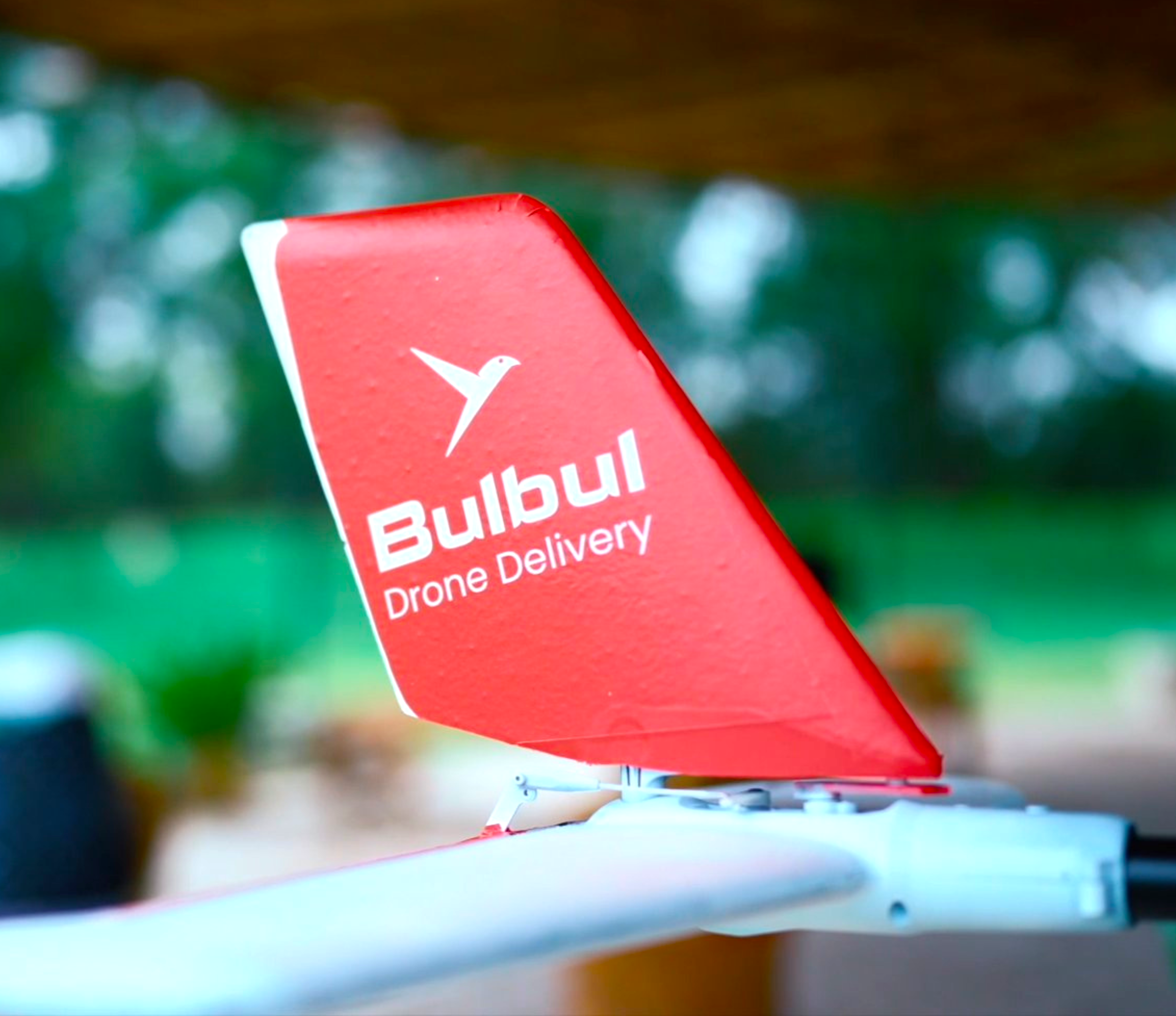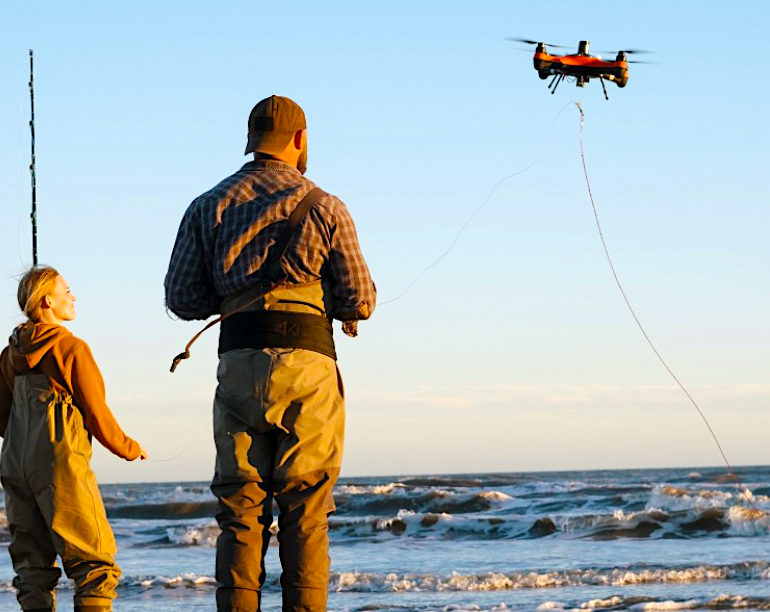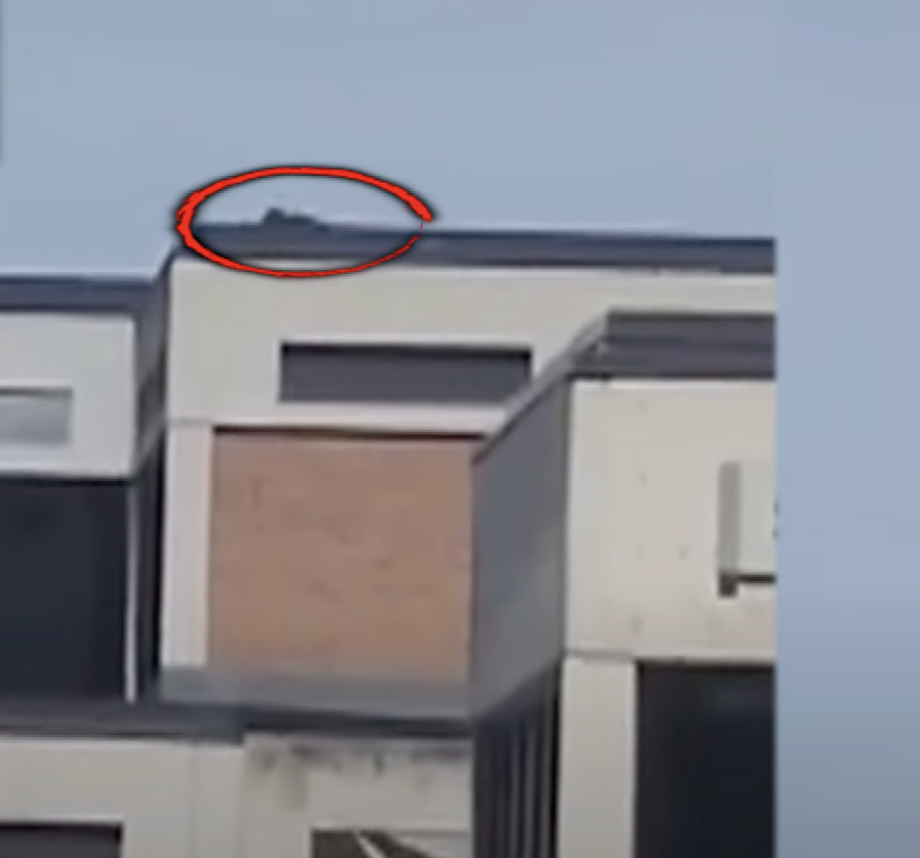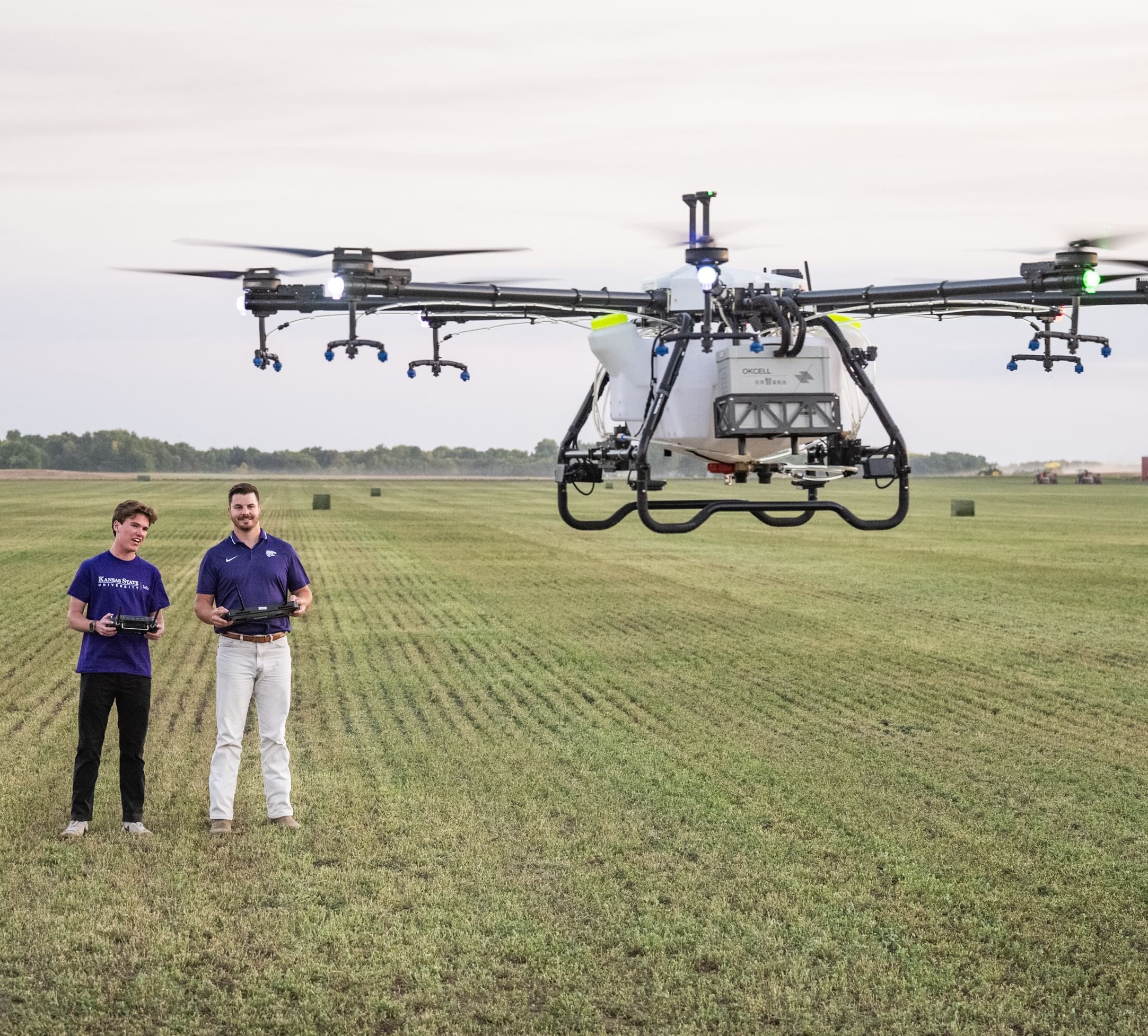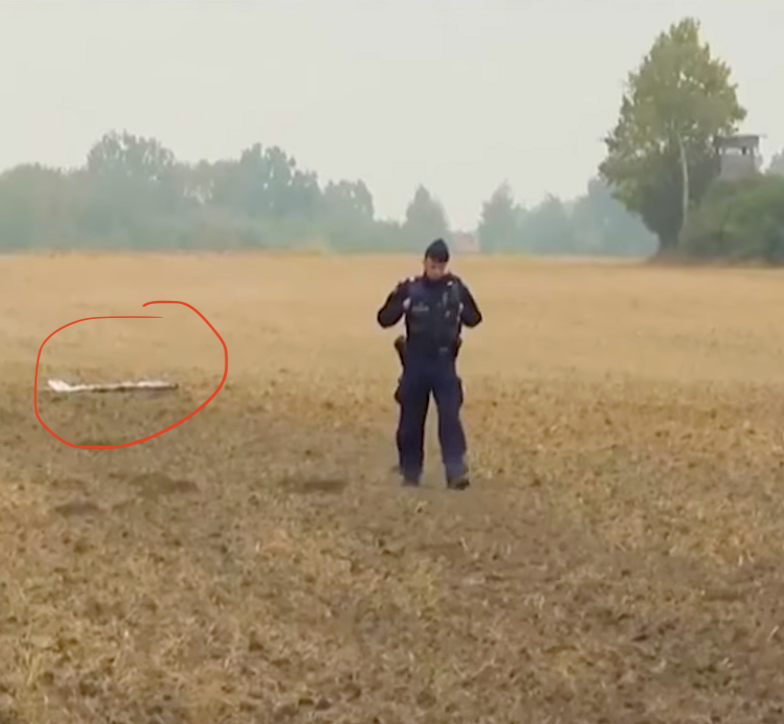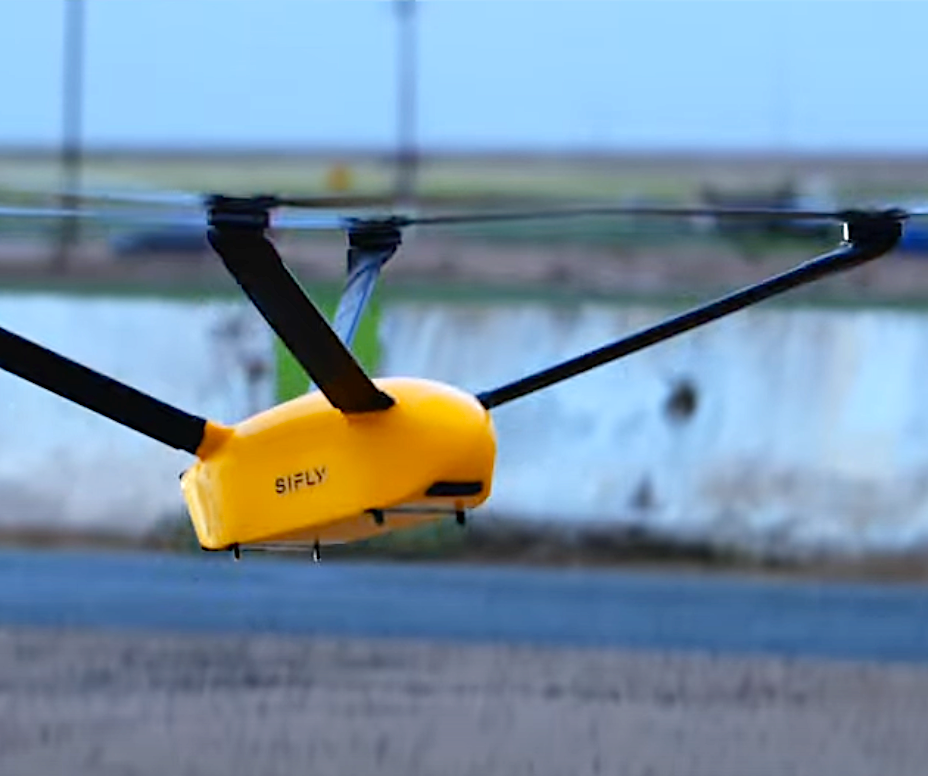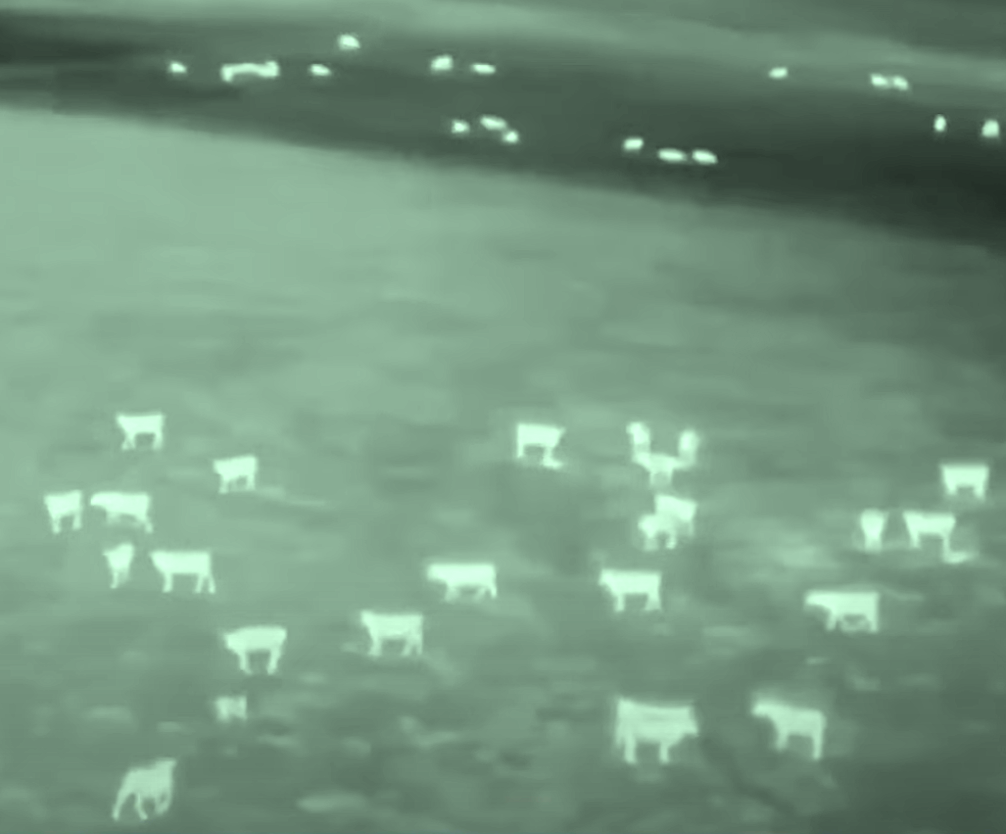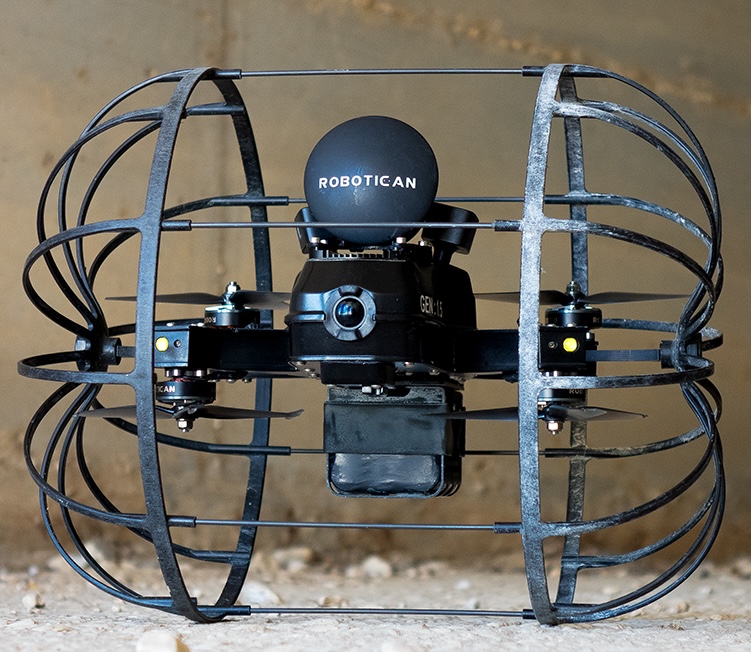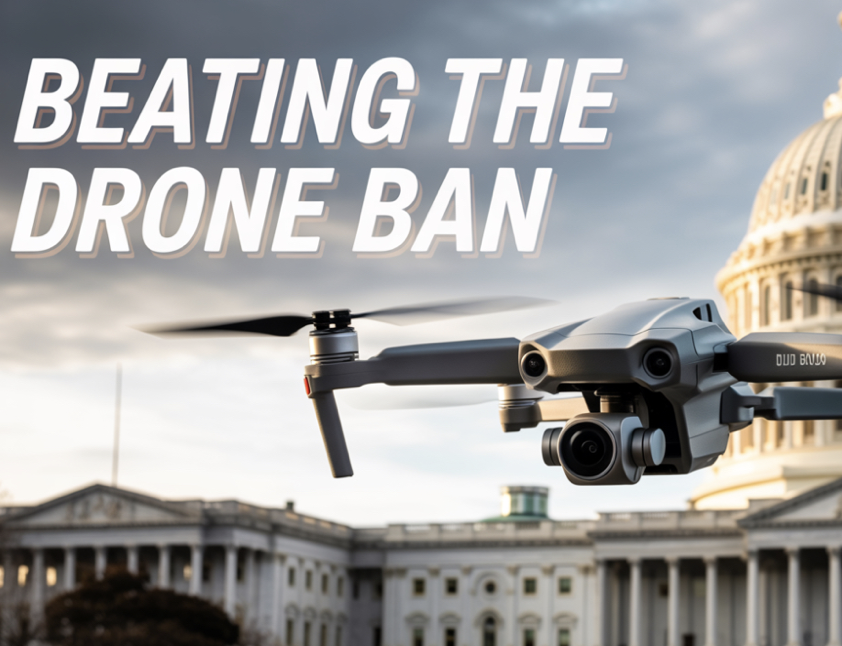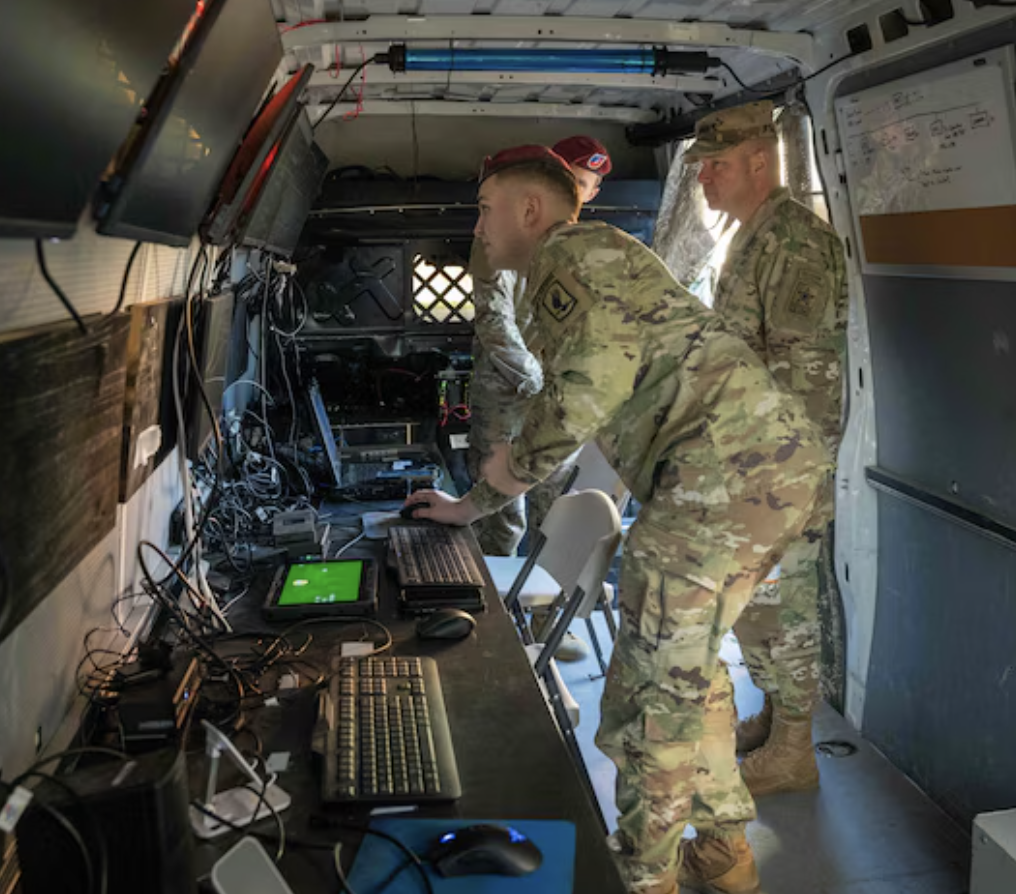Featured NewsTrending NewsThe DRONERESPONDER Public Safety Alliance

15 September 2025
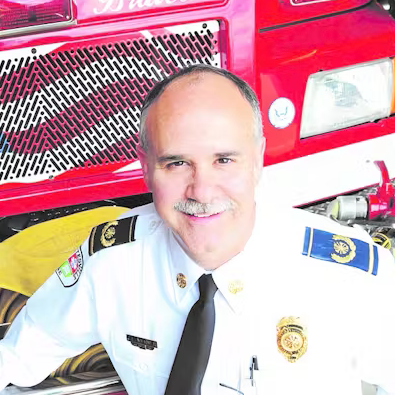
By Chief Charles L. Werner (Ret.-Emeritus)
Unmanned Aircraft Systems (UAS/commonly referred to as drones) began to stir interest among public safety agencies following the implementation of the Federal Aviation Administration’s (FAA) Part 107 Rule in 2016. This rule provided the first formal pathway for commercial and governmental drone operations, but the majority of public safety organizations had little knowledge of aviation rules, regulations, or best practices. Most police and fire departments did not maintain aviation programs and had limited experience operating within the National Airspace System (NAS). Agencies also faced uncertainty in selecting and procuring appropriate drone platforms, identifying the right training requirements, and determining how to integrate this new technology into ongoing operations without disrupting established emergency response protocols.
These challenges revealed a significant gap. Agencies were enthusiastic about the potential of drones but lacked the collective resources to accelerate adoption safely and effectively. Recognizing the need for a unifying resource, the DRONERESPONDERS Public Safety Alliance (DRONERESPONDERS) was established in 2019.
Founding and Mission
The vision of DRONERESPONDERS was to create a trusted platform where agencies could learn, collect, and share standard operating procedures (SOPs), training methodologies, and operational experiences. Unlike traditional consulting or vendor-driven resources, DRONERESPONDERS was launched as an open, nonprofit alliance with membership and resources offered free of charge. The guiding principle was that no single agency should have to “reinvent the wheel” in isolation, and that knowledge-sharing would accelerate the safe and ethical adoption of drones across all sectors of public safety.
Membership Growth and Global Reach
The early response was extraordinary. By the end of its first year, DRONERESPONDERS had 500 members, spanning police, fire, EMS, and emergency management professionals. Word spread quickly through online networks, conferences, and peer recommendations. By 2025, the alliance had grown to more than 12,000 members, representing 92 countries and over 500 international members. This rapid expansion reflects both the universal challenges and the global appetite for collaboration. Recognizing that virtual resources were not enough, DRONERESPONDERS launched its first National Public Safety UAS Conference in 2021 at Busch Gardens in Williamsburg, Virginia. The inaugural event drew 250 public safety professionals and 16 exhibitors. Attendance doubled the following year and, by 2025, the conference had become the largest public safety drone conference in the world, hosting 600 attendees and nearly 60 exhibitors. These gatherings have since evolved into must-attend events where public safety agencies, regulators, vendors, NGOs, and academia meet to share progress and shape the future of drone operations.
Expanding Outreach
To ensure public safety remained visible within broader aviation and robotics discussions, DRONERESPONDERS began co-locating events with major industry conferences such as AUVSI XPONENTIAL, the Commercial UAV Expo, and the Energy Drone and Robotics Summit. These collaborations fostered dialogue between public safety professionals and the private sector, ensuring innovations in hardware, software, and policy development aligned with real-world emergency response needs.
Drone as a First Responder (DFR)
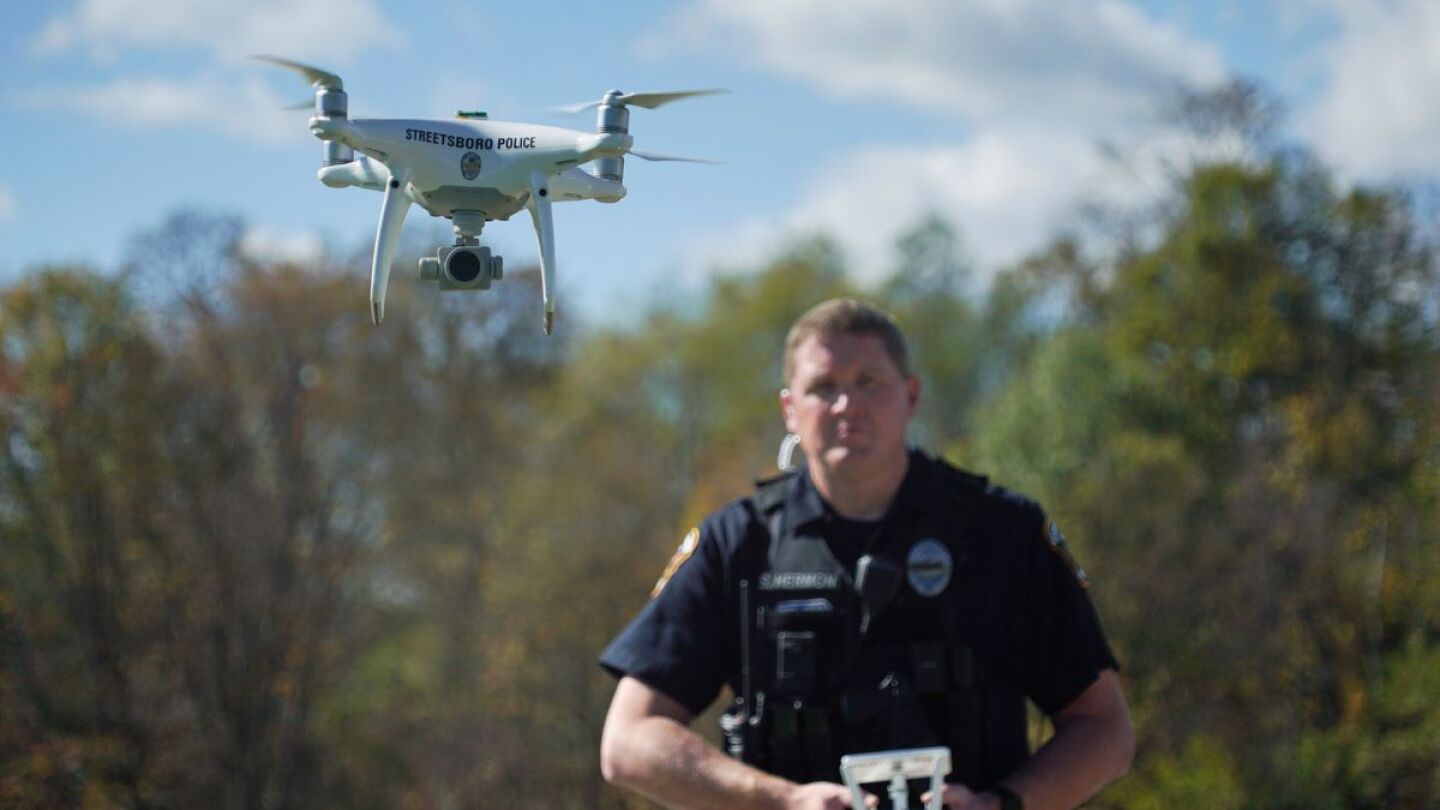
One of the most groundbreaking applications of drones in public safety has been the Drone as a First Responder (DFR) program. The first of its kind launched in 2018 in Chula Vista, California, where drones were deployed directly from rooftop launch pads as soon as 911 calls were received. These drones provided real-time video to dispatchers and responding officers, creating unprecedented situational awareness.
DFR demonstrated multiple benefits:
- Getting eyes on the scene within minutes.
- Enhancing responder and community safety by reducing uncertainty.
- Improving operational efficiency, often allowing officers to be re-tasked before arriving on site.
- Serving as a de-escalation tool, reducing unnecessary confrontations.
Over time, DFR proved capable of locating missing persons, documenting accident scenes, assisting search and rescue, and even saving lives through faster response. However, regulatory hurdles initially stalled widespread adoption. In 2020, DRONERESPONDERS established the Nationwide DFR Working Group, bringing together agencies operating DFR programs, agencies exploring adoption, and industry partners. Meeting monthly, the group shared experiences, identified obstacles, and coordinated advocacy with the FAA. Their efforts achieved a major breakthrough in 2025 when the FAA reduced the DFR waiver approval process from more than a year to less than a week. As a result, approvals skyrocketed from just 50 waivers over six years to nearly 600 waivers in four months.
Today, DFR is regarded as one of the most significant advances in law enforcement technology in decades, reshaping how agencies respond to emergencies.
Policy and Regulatory Advocacy
On the regulatory front, DRONERESPONDERS continues to champion streamlined processes for waivers, exemptions, and authorizations across all disciplines. This includes advocacy on behalf of smaller volunteer fire departments, NGOs, and agencies conducting non-law-enforcement missions such as disaster response, firefighting, and environmental monitoring.
Working Groups
Working Groups (WGs) have emerged as essential drivers of collaboration within DRONERESPONDERS.
Current WGs include:
- Counter-UAS: addressing rogue or malicious drone activity and exploring lawful detection and mitigation strategies.
- Women DRONERESPONDERS: building inclusivity, mentorship, and recognition for women in public safety aviation.
- Search and Rescue (SAR): developing drone tactics for complex terrain, missing persons, and disaster response operations. These groups provide a structured way for members to exchange information and collectively problem-solve, ultimately producing best practices that benefit the broader community.
State Chapters
The need for state-level collaboration became evident in 2022 during the Florida ban on certain drones. Agencies quickly realized they needed a unified voice to educate legislators, coordinate resources, and organize training. Out of this necessity, the first DRONERESPONDERS State Chapter was born.
Since then, additional chapters have launched in Texas, Ohio, and North Carolina, each hosting annual training conferences and creating localized support networks. These chapters bring critical drone knowledge closer to where agencies operate, ensuring smaller or rural departments can participate in the same ecosystem as larger urban programs.
Training and Education: UNITE
Recognizing the need for consistent training, DRONERESPONDERS launched UNITE (UAS National Initiative for Training and Education) in 2025. UNITE offers online courses, in-person training, and customized programs tailored to local or regional needs. A key objective is accessibility—ensuring that agencies do not have to travel long distances or spend significant funds to access high-quality instruction. This initiative represents a major step forward in standardizing public safety UAS training nationwide.
Webinars and Knowledge-Sharing
Awareness and outreach remain at the heart of DRONERESPONDERS. In 2021, the alliance began hosting monthly webinars with the FAA, providing agencies direct access to regulators for updates, Q&A sessions, and policy discussions. These free webinars are recorded and archived on the DRONERESPONDERS YouTube Channel, continuing today on the second Wednesday of each month.
In 2023, DRONERESPONDERS partnered with DroneLife to launch The Public Safety Drone Review, a monthly webinar covering the latest drone news followed by expert guest speakers. Held on the first Tuesday of each month, these sessions are also free, recorded, and uploaded to DroneLife TV.
Collaboration and International Partnerships
Collaboration is the hallmark of DRONERESPONDERS. Notable projects include the International Public Safety Drone Directory/Dashboard, developed with NASA Ames Research Center and Esri. This dashboard now includes data from more than 1,800 agencies, detailing program start dates, numbers of pilots, types of aircraft, and missions flown.
The network also extends globally, with partnerships such as the Canadian Emergency Responder Robotics Association (CERRA) and the UK Emergency Responder Robotics Organization (UKERRO). These international alliances promote cross-border knowledge-sharing and ensure global best practices are readily available.
Looking Ahead
The evolution of drone technology continues rapidly. DRONERESPONDERS is actively exploring new frontiers including heavier-lift drones, Advanced Air Mobility (AAM) platforms, Counter-UAS (CUAS) capabilities, Unmanned Traffic Management (UTM) systems, and advanced airspace coordination.
These advancements are supported through collaborations with organizations like NASA, MITRE, ASTM, APSA, Police1, FireRescue1, Lexipol, California Fire Chiefs, Vets to Drones, Esri, the University of Virginia Center for Public Safety and Justice, and many more.
As the landscape evolves, DRONERESPONDERS will remain a leading force ensuring that public safety professionals are prepared, connected, and empowered to integrate drones safely and effectively. Drones are no longer experimental tools—they have become essential assets in saving lives, protecting communities, and advancing the mission of public safety.
Partner Agencies: APSA, ASTM, CALFIRECHIEFS, CERRA, ESRI, FUTURE POLICING INSTITUTE, FIRERESCUE1, IPSA, LEXIPOL, MITRE, NASA, NVFC, POLICE1, UKERRO, VETS TO DRONES
MEMBERSHIP IS FREE
If you need more information, send an email to charles@droneresponders.org
